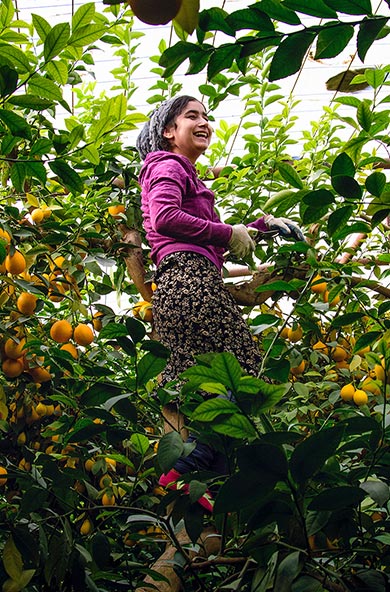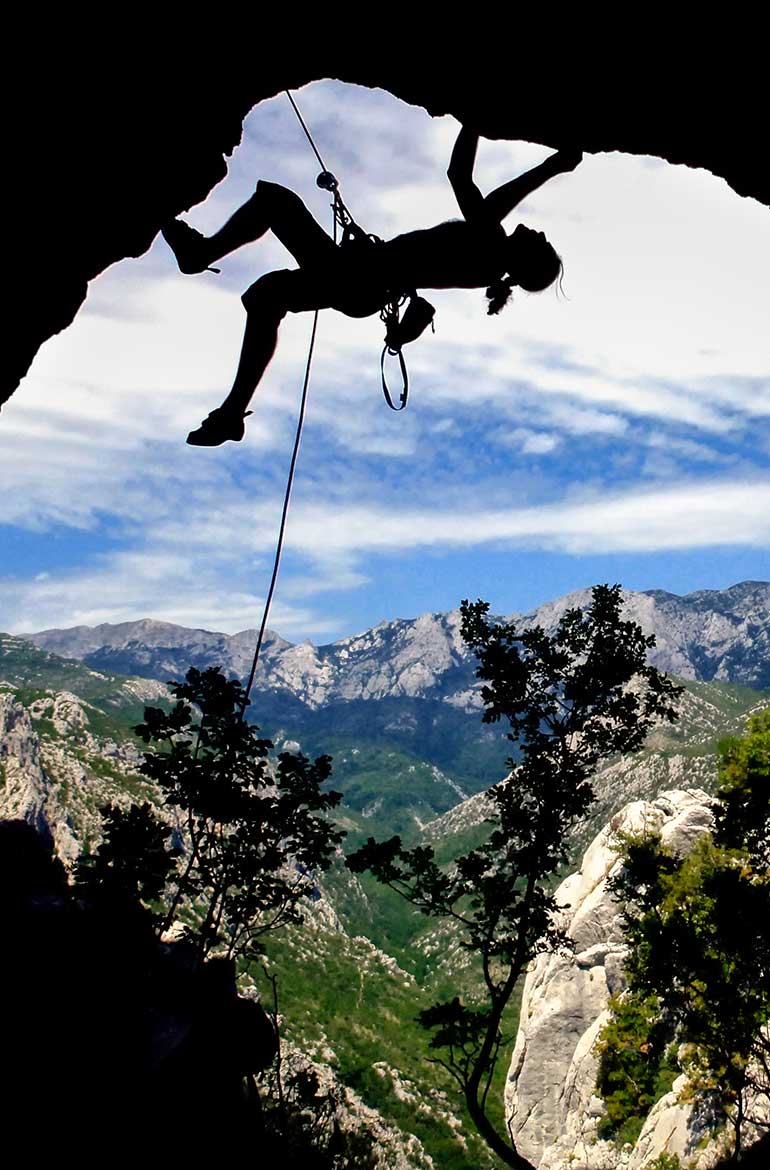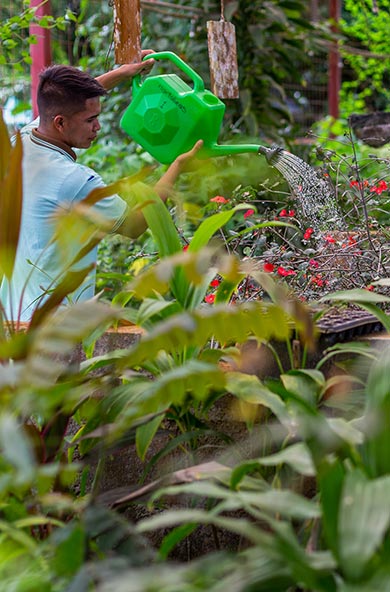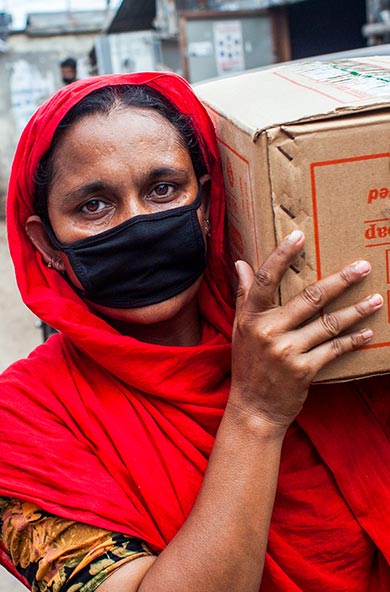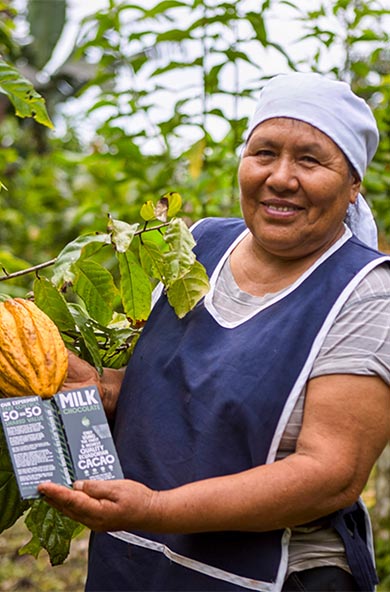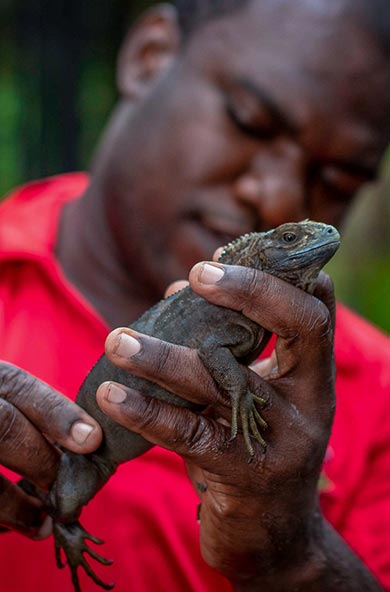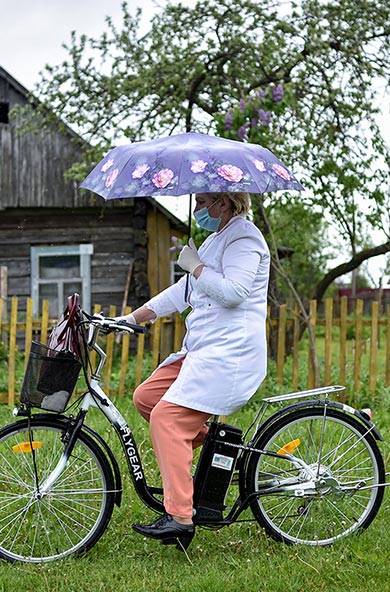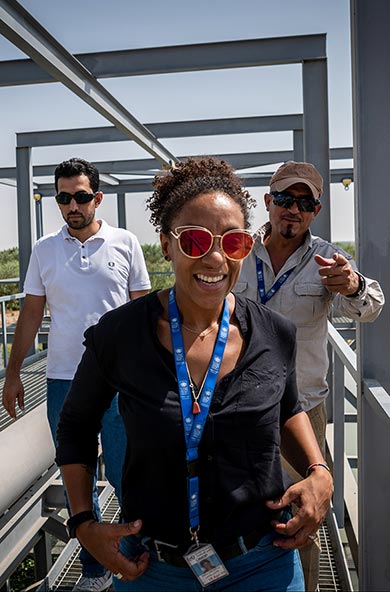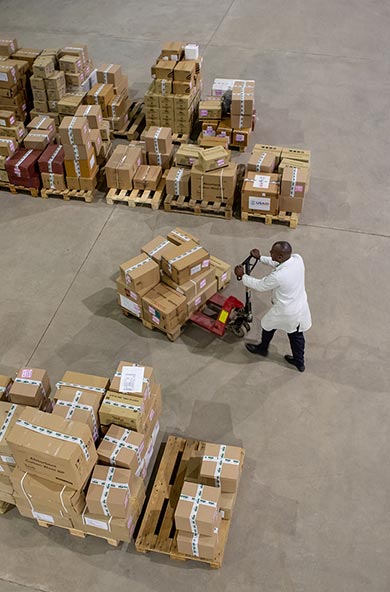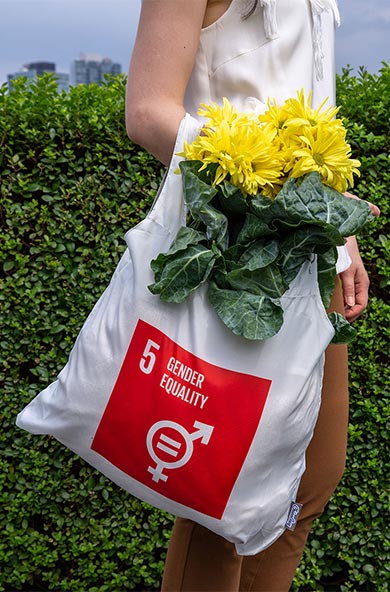Thursday April 4th is International Day for Mine Awareness and Assistance in Mine Action.
Separate reports launched by IFAD and the Oxford Poverty & Human Development Initiative show the scale and impact of rural poverty is alarmingly and endemically high. While a 2018 UN Global Report on Food Security suggest that the number of malnourished people is now more than 820 million—around one person out of every nine. As we have become aware these figures have a human face and are too often found in post-crisis or fragile states; places such as Yemen, Syria, Afghanistan, Iraq, South Sudan, and Somalia. UNICEF estimates that 535 million children, nearly one in four, live in countries affected by conflict or disaster, often without medical care, quality education, proper nutrition or protection.
Often adding to this topography of suffering in these and more than 50 other countries, are an innumerable number of landmines and explosive remnants of war that have made toxic the very soil needed for rural re-development.
Meeting SDG 1
Clearly in places where hunger, conflict, and landmines coexist, meeting the Agenda for Sustainable Development’s first goal of ending poverty in all its forms (SDG 1) and ensuring to leave no one behind by 2030 will be difficult. Recently we witnessed the severe impact of Cyclone Idai as it slammed into central Mozambique. Fortunately, thanks to the leadership of its government, and in partnership with UNDP and international donors, thousands of landmines were removed and the country was declared mine-free in 2015. As the difficult and slow recovery process now begins, I think back to when I led the UNDP mine action programme in Mozambique, never imagining the impact of our efforts on the future of the area—one that had just started to recover from its long civil war and was once again becoming a main artery to the sea for landlocked Malawi and Zimbabwe.
The rural people of Tajikistan, eastern Ukraine, and Bosnia and Herzegovina also suffer the effects of landmines and high rural poverty rates in comparison to their compatriots in areas that don’t have them; in effect they are experiencing different development pathways, despite living in the same countries.
More than 20 years after Diana, Princess of Wales visited Bosnia and Herzegovina and brought global attention to the scourge of landmines and their impact on civilians, more than half a million people, 15 percent of the population, still suffer from their threats. The government says that most of those affected are rural, and that the urban populations have relatively safe lives in comparison with those who live in the country. The government also warned that economic vulnerability was a factor in influencing people to enter suspected hazardous areas, resulting in more than 1,700 casualties.
Risking lives
As conflict grinds on in eastern Ukraine, rural poverty is seen as a contributing factor in local farmers to risking life and injury—they’ve been cut off from their land for more than five years. Given the poverty-induced displacement along the conflict zone people are entering areas suspected to contain landmines or other explosive remnants of war, such as cluster munitions, anti-vehicle mines, unexploded ordnances, and Improvised Explosive Devices to collect firewood or tend their properties to augment their tenuous existence. This led to 240 civilian deaths in 2017.
Tajikistan is a mountainous country with a rural population heavily dependent on agriculture which produces its main exports of cotton and wheat. According to the government, around 70 percent of the population depends on agriculture and animal husbandry as a source of employment or income. The challenge is that only seven percent of the mountainous country is arable. The government estimates that half a million Tajiks, 10 percent of total population, are at risk of physical harm. The developmental harm is more difficult to ascertain, but clearly opportunities in the agriculture, hydro-electric, coal and gold mining and livestock industries are being lost.
If we are to eradicate poverty and inequality by 2030, we will not only need new thinking and new tools, we will also need to chart our way through the resident legacies of the past. In many places afflicted by conflict, the tools required to navigate this journey will be mine detectors, prodders, shrub cutters and long trowels.

 Locations
Locations